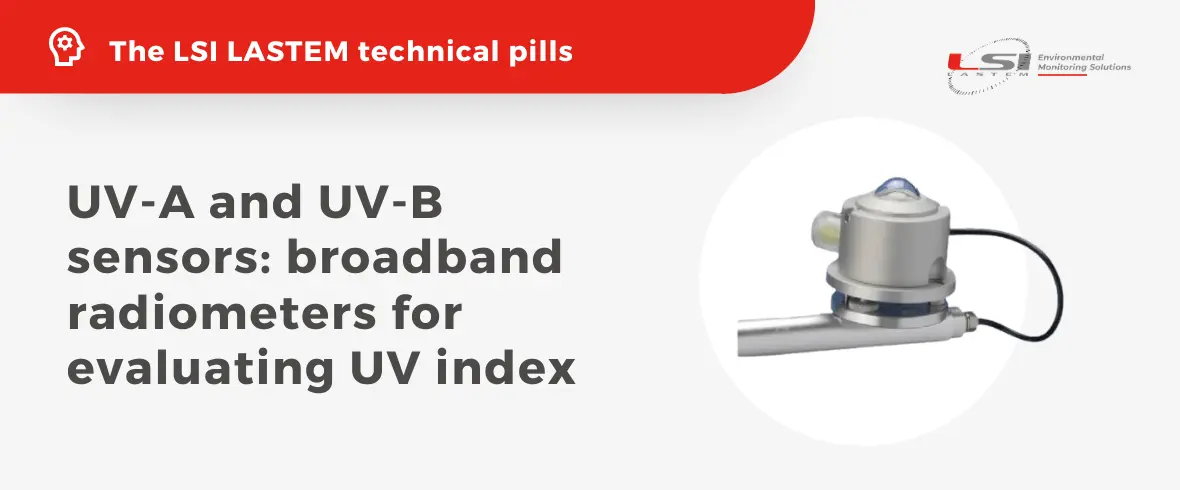The uncertainty of the instantaneous reading is defined through the calibration of a reference sensor performed by ARPA of Ivrea. This procedure allows you to precisely calculate the daily uncertainty, obtained by integrating the radiation throughout the day. For the UV-A sensor, this uncertainty is 12%, while for UV-B it is 15%. The evaluation of the uncertainty linked to the angular response is good, remaining within ±8%, in line with the rigorous WMO standards (which require a value lower than 10% for incidence angles lower than 60°).
In addition to the documented uncertainty, a distinctive aspect of these sensors is the calibration performed in real solar conditions, comparing the results with those obtained from the reference sensors calibrated at ARPA in Ivrea. This process, which can span from one to several days, is an essential strength in validating and optimizing the performance of UV-A and UV-B sensors.

